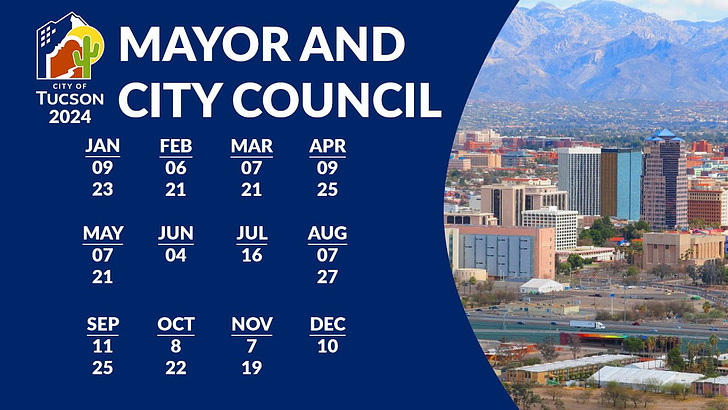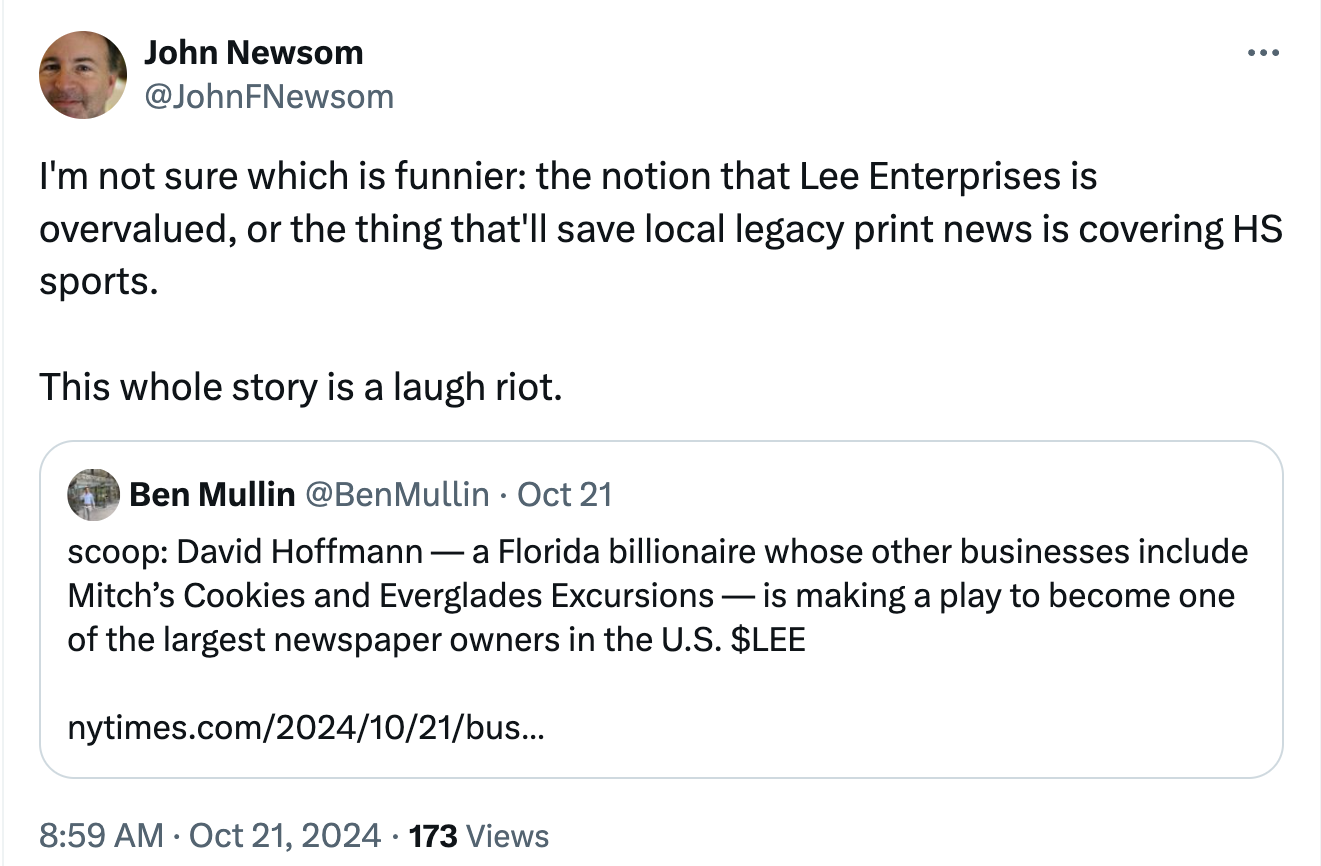Persuading voters and needling TEP
The Tucson City Council starts making their case ... Heinz calls for censure of Nanos.
While county and state officials are running for re-election in November, the Tucson City Council has an election of their own to worry about.
They now have one year to convince voters to extend a half-cent sales tax for another two decades. That tax would generate more than $2 billion to fund a massive transportation plan for Tucson, Pima County, and local towns.
After long, contentious negotiations, the Regional Transportation Authority board came up with a draft plan last month for what they call RTA Next. They’re eyeing November 2025 for an election to extend the sales tax, which was first approved by voters in 2006.
If officials want to engage in an “earnest conversation” with voters, as Tucson Councilwoman Karin Uhlich put it at the council’s Tuesday meeting, they need to sort out which projects from the 2006 plan, known as RTA1, won’t be finished, or even started, by the time they ask voters to extend the sales tax.
And figuring that out is no easy task, especially when the council just found out about a $200 million shortfall in the RTA1 plan that could put more Tucson projects in jeopardy.
When that shortfall came to light at the RTA board meeting last month, it was “the first time that we've heard publicly that there is not enough money to complete all of the projects in the current plan,” Director of Transportation and Mobility Sam Credio told the council.
This isn’t the first time we’ve publicly asked for Tucson Agenda readers to upgrade to a paid subscription. And it won’t be the last. We depend on our subscribers’ financial support, so smash that button and help us keep going!
City Manager Tim Thomure noted the shortfall came after Tucson officials already agreed to postpone four projects from RTA1 to RTA Next. He also said the only strategy for dealing with the shortfall he’s heard from RTA officials is "Cities, go figure it out.”
That didn’t sit well with Councilwoman Nikki Lee.
“I think the answer of ‘let the city figure it out’ is BS. The city doesn’t have $200 million laying around to finish these projects,” she said.
When it comes to persuading voters to support extending the sales tax, Councilman Paul Cunningham drew a hard line on one of the projects, on 22nd Street, that could be up in the air.
“If they can’t finish 22nd, I’m pulling my support. I can’t in good conscience tell voters to support something that they couldn’t deliver on. So I’ll just make that very clear now,” Cunningham said.
The Tucson council also is drawing a hard line on an unrelated piece of business: Tucson Electric Power’s application to the Arizona Corporation Commission for an environmental compatibility certificate for the utility’s Midtown Reliability Project. After the council discussed the matter in executive session, they came out saying they wanted to “compel TEP to comply with all of the city's ordinances, regulations, conditions, public notice requirements and processes, including the city's special exception requirements,” City Attorney Mike Rankin said.
While the council pushes TEP to comply with city rules, they’re also entertaining the idea of cutting out TEP entirely and establishing a municipal utility. The council commissioned a study to explore their options, which should be completed by May.
City residents had a lot to say about the study at call to the public on Tuesday. They pointed to expensive electric bills for air conditioning in the summer, recent rate hikes the ACC approved for TEP, and the need for “climate justice.” One speaker, Rick Rappaport of Arizonans for Community Choice, supported the city exploring its options. But he cautioned the council that if they decide to part ways with TEP, they should expect a prolonged legal battle. TEP is “not going gently into that good night,” he said.
Policing the police: Pima County Supervisor Matt Heinz wants to censure Sheriff Chris Nanos, a fellow Democrat, for suspending and investigating his political rival in the upcoming election, KVOA’s Zachary Jackson reports. He also wants the Arizona Attorney General’s Office and the U.S. Department of Justice to investigate Nanos, who already faces a federal lawsuit for the suspensions. The board won’t discuss Heinz’s proposed resolution to censure until after the election. Nanos responded by blaming the board for letting Lt. Heather Lappin run against him for sheriff in the first place.
“This is clear election interference, and Nanos must not be allowed to use his office to manipulate the free and fair voting process in Pima County,” Heinz wrote in a press release.
Living large: Former Santa Cruz County Treasurer Liz Gutfahr and her kids racked up $2.2 million in spending on her American Express card during the years she was allegedly embezzling around $38 million from the county, KGUN’s Craig Smith reports. The charges include around $26,000 at Disneyland, $37,000 at Gucci and $15,000 at Louis Vuitton and more than $21,000 on Ubers.
The tide is turning: Gov. Katie Hobbs and the Arizona Department of Water Resources began the process of severely curtailing groundwater pumping in Cochise County’s Willcox Basin, where the earth is cracking open from dramatic groundwater declines, our sister newsletter the Arizona Agenda reported. It’s the first “Active Management Area” initiated by a governor, and the move signals a dramatic shift in tactics from the governor who has been fighting with lawmakers for two years to take some action.
Can we get Bezos instead?: Florida billionaire David Hoffmann wants to buy a controlling interest in Lee Enterprises, which owns the Arizona Daily Star, the New York Times reports. He thinks it’s an undervalued stock and says he’d consolidate printing, reduce the company’s real estate holdings and preserve local news by adding more sports coverage.
SNAFUS, not conspiracies: About 120 voters in Cochise County got ballots that left off the Board of Supervisors race in District 2, where the board’s lone Democrat, Ann English, isn’t seeking reelection, the Herald/Review reports.
Chat for your mental health: Our friends at the Border Chronicle newsletter are hosting a live discussion thread about the border and the election at 10 a.m. today. Tune in to chat about your questions, worries and hopes about the upcoming election and the border with longtime border reporter and author Todd Miller.
143,145: Ballots returned by Pima County voters as of October 22. That’s a 22% turnout rate so far.








